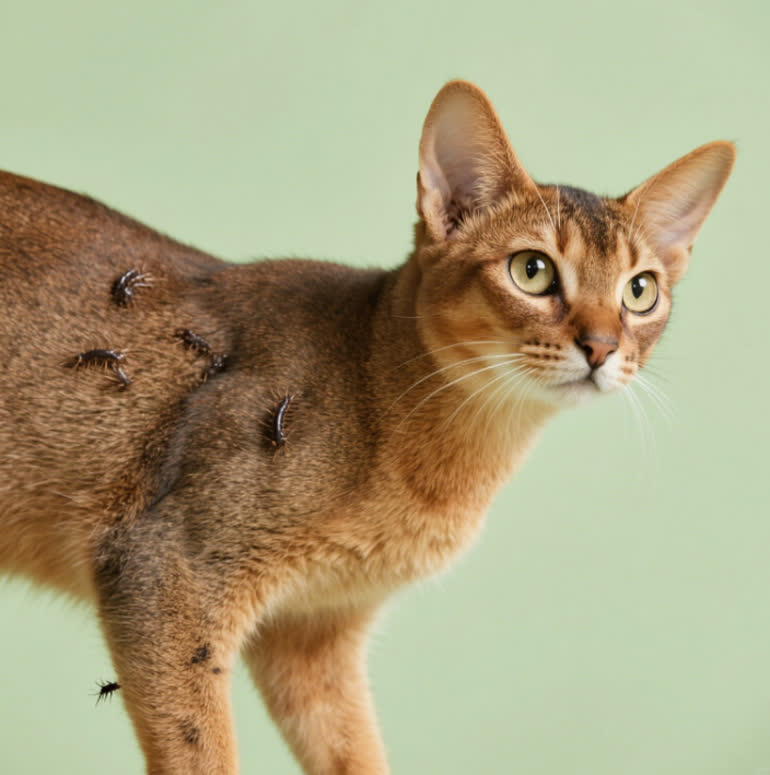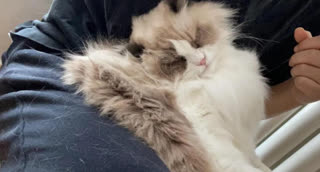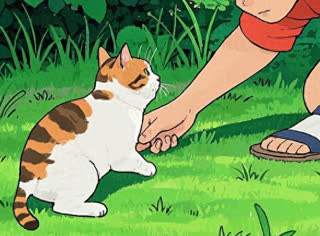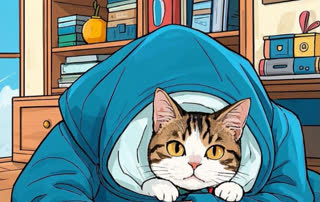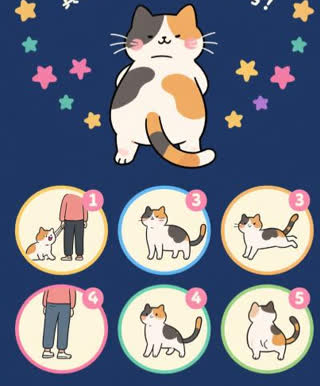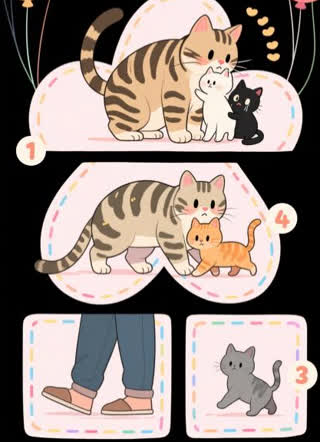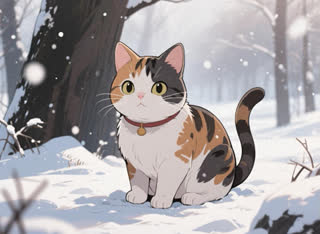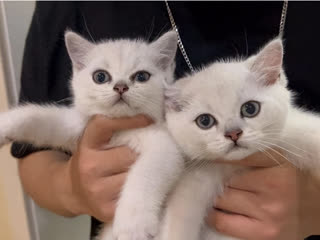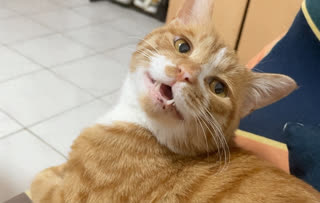The
Abyssinian cat breed is celebrated for its striking ticked coat patterns, a defining feature that has captivated cat lovers and researchers alike. But
why do Abyssinian cats have ticked coat patterns? This question delves into the breed’s genetic heritage, evolutionary adaptations, and human-driven breeding practices, offering insights into one of nature’s most fascinating feline designs. From the wilds of ancient Africa to modern living rooms, the ticked coat remains a testament to the Abyssinian’s unique place in feline history.
The ticked coat pattern in Abyssinians is rooted in a genetic mutation linked to the Dkk4 gene, which suppresses traditional tabby markings like stripes or spots . Unlike other domestic cats, Abyssinians lack these distinct patterns due to a dominant allele that disrupts pigment distribution during hair follicle development. This mutation, first identified in 2021, results in individual hairs banded with alternating colors—typically dark at the tip and lighter at the root—a phenomenon known as “agouti banding” .
The agouti gene (ASIP) plays a critical role in this process. In most cats, this gene switches between producing black/brown (eumelanin) and red/yellow (pheomelanin) pigments, creating banded hairs. However, Abyssinians carry a variant that amplifies this effect, leading to a uniform ticked appearance across their entire coat . This genetic quirk not only defines their look but also influences their breed standard, as breeders selectively reinforce this trait through generations .
The ticked coat likely evolved as a survival mechanism in the Abyssinian’s ancestral habitats. In the wild, this pattern provides camouflage, helping cats blend into sun-dappled environments like savannas or forests . The alternating bands break up the cat’s outline, making it harder for predators or prey to detect them. This adaptive advantage aligns with the breed’s origins in regions like Southeast Asia or the Indian Ocean coast, where such camouflage would have been crucial for survival .
Additionally, the ticked coat may aid in thermoregulation. The dense, short fur traps air close to the skin, providing insulation in cooler climates while allowing heat to escape in warmer environments . This adaptability helps Abyssinians thrive in diverse habitats, from temperate forests to arid landscapes .
The Abyssinian’s history is shrouded in mystery, but genetic studies suggest they originated not in Ethiopia (as their name implies) but in the coastal regions of the Indian Ocean or Southeast Asia . British soldiers returning from North Africa in the 19th century likely brought these cats to Europe, where breeders began refining their ticked coats . By the early 1900s, the breed’s popularity surged, though World War II and feline leukemia nearly wiped them out. Dedicated breeders revived the Abyssinian in the mid-20th century, preserving its unique genetic traits .
The breed’s name itself is a nod to misinformation—early European enthusiasts mistakenly associated their ticked coats with ancient Abyssinia (now Ethiopia), inspired by mummified cats found in Egyptian tombs . While these cats share a similar appearance, genetic evidence points to a different lineage, highlighting how human storytelling and scientific discovery often diverge .
Today, the ticked coat remains central to the Abyssinian’s identity. Breed standards emphasize the richness of their colors, with “ruddy” (reddish-brown with black ticking) being the most common, followed by blue, fawn, and cinnamon . Breeders meticulously select for this pattern, ensuring each hair displays 4-6 distinct bands .
The Abyssinian’s coat also holds cultural symbolism. In some societies, their striking appearance is associated with elegance and intelligence, making them popular in media and art. For example, an Abyssinian cat starred in the 1978 Disney film The Cat from Outer Space, further cementing their status as iconic felines .
Despite its wild origins, the Abyssinian’s coat requires minimal grooming. Their short, dense fur resists matting, and regular brushing helps distribute natural oils and reduce shedding . However, their ticked pattern can highlight dirt or debris, so occasional baths are recommended to keep their coats vibrant .
Health-wise, Abyssinians are generally robust, but they may inherit genetic conditions like progressive retinal atrophy (PRA) or pyruvate kinase deficiency . Responsible breeders screen for these issues, ensuring kittens are healthy and free of hereditary diseases .
The ticked coat of the Abyssinian cat is more than just a striking feature—it’s a product of evolution, genetics, and human stewardship. From its role in ancient survival to its modern status as a beloved pet, this pattern embodies the breed’s resilience and adaptability. By understanding the science behind their fur, we gain a deeper appreciation for these regal felines and the intricate interplay of nature and nurture that shaped them.
So, the next time you admire an Abyssinian’s shimmering coat, remember: why do Abyssinian cats have ticked coat patterns? The answer lies in a blend of genetic mutations, evolutionary pressures, and the enduring bond between humans and cats.
